Market analysis has revealed how a raft of Government changes to buy-to-let profitability have reduced landlord appetites over the last five years, however, the level of B2L loans being issued remains substantially higher than a decade ago.
Octane Capital’s analysis of mortgage lending data shows that last year, the value of residential loans to individuals within the buy-to-let sector totalled £36.9bn.
This marks an -8% drop on the £40.1bn lent in 2016 following the 2015 Autumn Statement, a statement that saw the Government wage war against landlords and a buy-to-let sector that had been largely left alone until this point.
The most notable legislative changes included the restrictions of tax relief on mortgage finance costs, the abolition of the ‘wear and tear allowance, a 3% increase on the rate of stamp duty payable on buy-to-let homes and an accelerated payment schedule with regard to Capital Gains Tax due.
It’s not just the total value of loans issued that has fallen, their overall proportion of total lending has also declined.
Last year, the £36.9bn loaned via the buy-to-let sector accounted for just 11.7% of total lending.
This marks a -4.4% drop on 2016, when buy-to-let loans accounted for 16.1% of the total sum lent that year.
However, the analysis by Octane Capital also shows that despite these notable changes, the sector is still standing tall, both in the current market, and when compared to historic market performance.
In fact, the £36.9bn lent to buy-to-let investors in 2021 is one of the highest totals, surpassed only by first-time buyers (£74.3bn), those remortgaging from other lenders (£60.5bn) and those loans listed as other with regard to house purchases (£118.7bn).
What’s more, this annual total remains 170% higher than the £13.7bn lent to buy-to-let investors in 2011.
With buy-to-let lending still accounting for 11.7% of total lending in 2021, this market share also remains 2.8% above 2011, when buy-to-let loans accounted for 8.9% of total lending.
CEO of Octane Capital, Jonathan Samuels, commented:
“It’s undeniable that the war waged on the nation’s landlords has certainly taken its toll and in the last five years the Government’s numerous dents to profitability have stifled investor appetites somewhat.
However, it’s fair to say the sector is still standing strong and the reduction in the total value of buy-to-let loans issued in the last five years has been marginal when compared to where we still stand today versus a decade ago.
At the same time, we’ve also seen the introduction of numerous Government measures designed to entice buyers, drive demand and keep house prices buoyant.
This has inevitably led to a notable increase in loans issued to other buyer types, first-time buyers included, which has further skewed the overall share of lending accounted for by the buy-to-let sector.
The good news is that while the buy-to-let sector may be looking a tad weary, it’s far from on the ropes, and we continue to see strong demand from investors despite the Government’s best efforts.”




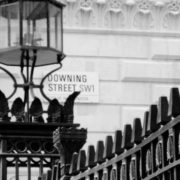
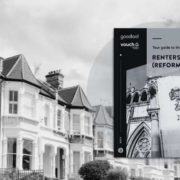


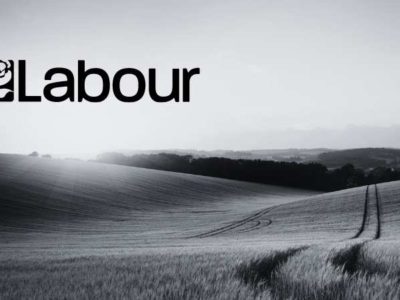




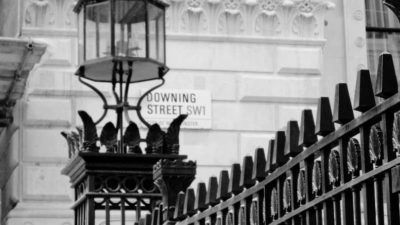
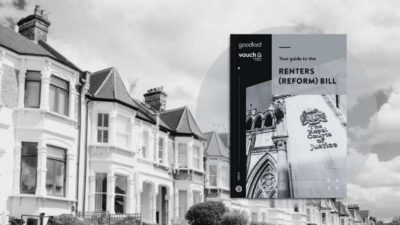






Comments